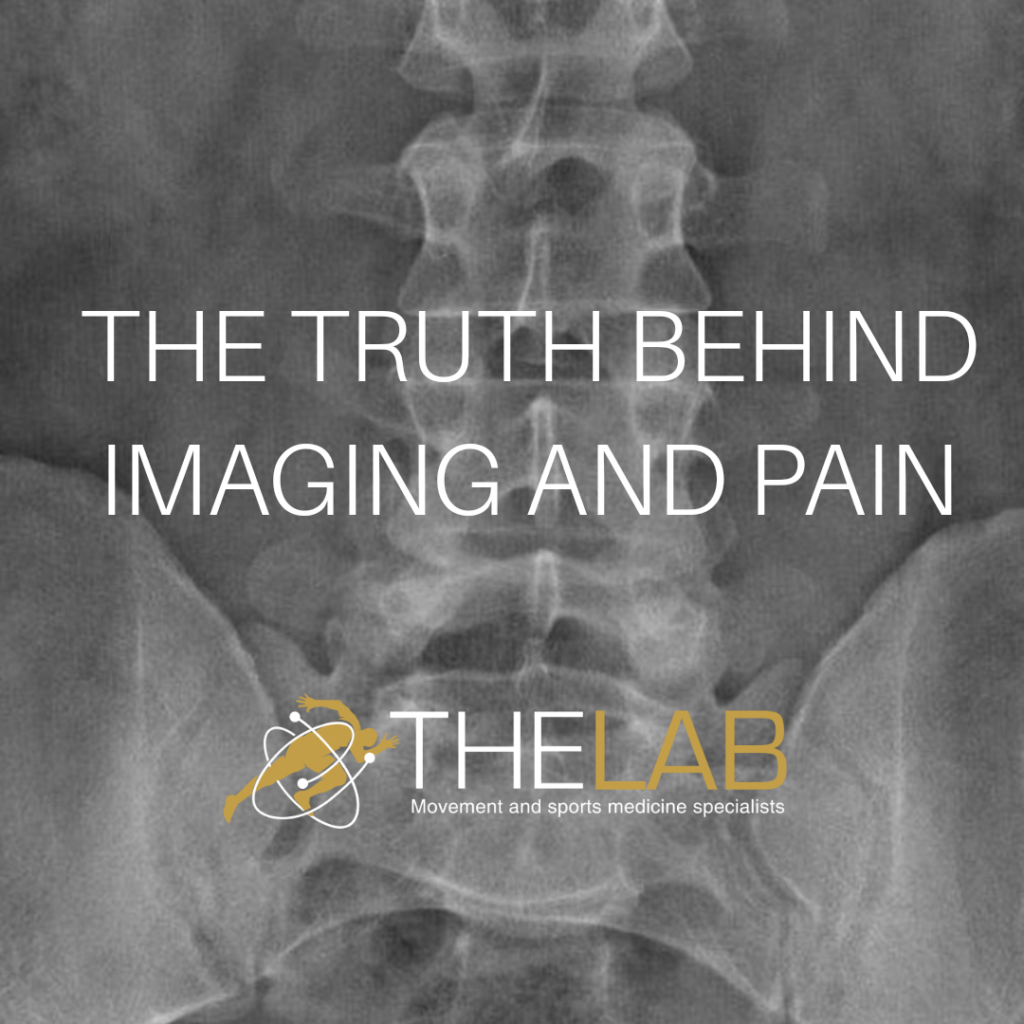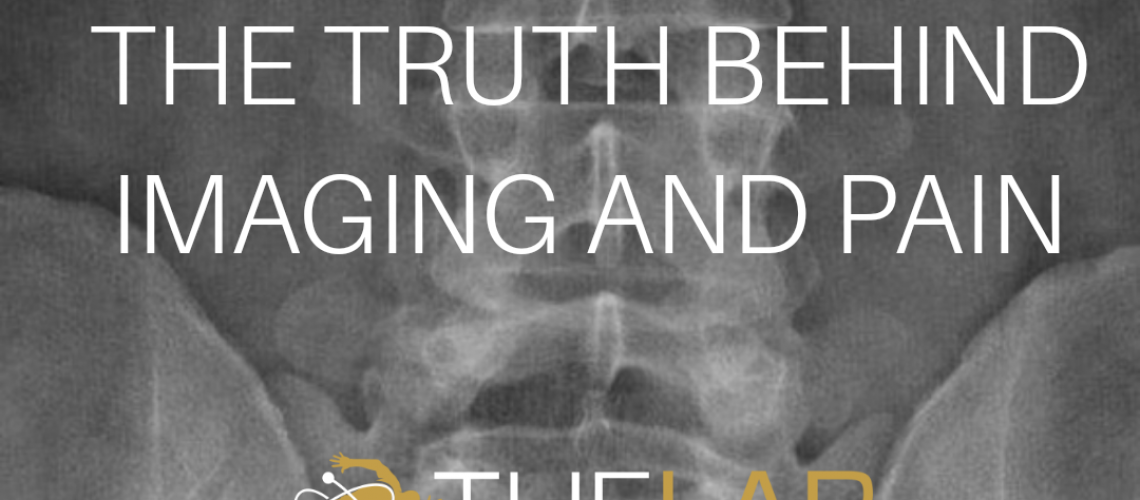
This is a no holds barred look at the overprescription of diagnostic imaging in patients, and the effect it has on the patient. Every week there are patients that present to the clinic with the look of death of their faces, holding a report from an MRI or Ultrasound. Here’s the one thing we want you to know:
“There is a high proportion of the population that have abnormal findings on imaging, but no pain”
How high, you ask?
- If you are in your 20s there is a 37% chance that you have “degenerative disc disease” or DDD
- If you are in your 30s there is a 52% chance
- In you are in your 40s, there is a 68% chance
The bottom line – Diagnostic imaging shows STRUCTURE and not FUNCTION. In the absence of trauma, results of diagnostic imaging should be taking with a grain of salt – more focus should be placed on determining the CAUSATIVE factors for the injury (the “HOW/WHY”) vs the injury itself (the “WHAT”). Diagnostic imaging is relevant when it matches a clinical examination by a trained professional.
For example, take a car that won’t start – that’s the diagnosis; a car that won’t start. The HOW is much more important than the what – is it the plugs, the igniter, the battery? The fact that the car won’t start has no merit (report) without a mechanic looking at it (clinical examination) – and only if the 2 come to a consensus (ie. The battery is dead) can we then take action to fix it.
For all the advances in imaging technology, there are no fewer incidences of injury (in fact, there are more now). There are no machines to prove that movement dysfunctions and imbalances exist, or that muscle inhibition and discoordination occur. These poor movement patterns manifest themselves as injury over time – meniscus lesions, supraspinatus tears, degenerative disc disease, bicep tendinopathy, etc. But unfortunately, these patients are rushed into imaging (“Rushed” in Canadian terms, means 4-6 week wait, a progression of said movement patterns, and a worsening of conditions) – and come into my office with a look of grief and a paper that says __________ (Insert diagnosis here). Oftentimes, the injury is explained, but a thorough clinical examination finds the root cause of pain, and the treatment plan likely involves fixing something that’s not immediately related to the condition
If you’ve been sent for diagnostic imaging and need some clarity on the next steps, come see us at The Lab.

